How to Create Custom Scents Using Multiple Fragrances by Perfume Layering.
Perfume is a powerful form of self-expression. It has the ability to evoke emotions, tell a story, and even transport us to different times and places. While some people find their signature scent in a single bottle, others may find that layering multiple fragrances gives them a truly unique and personal experience. Perfume layering, the art of combining different fragrances to create a custom scent, has been gaining popularity in recent years. This technique allows you to craft a signature fragrance that is entirely your own, tailored to your mood, season, or even personality.
We will explore the practice of perfume layering, how it works, how to do it effectively, and the best techniques and tips for creating a custom fragrance. Whether you're a fragrance enthusiast or simply looking to enhance your scent game, perfume layering opens a world of creative possibilities.
Understanding the Basics of Perfume Layering
Perfume layering involves combining two or more fragrances in such a way that they complement each other, rather than clashing. The goal is to create a harmonious and unique scent profile that evolves over time. Much like the layers of a cake, each fragrance note you choose adds complexity and depth to the final result.
To fully understand perfume layering, it’s essential to grasp the concept of fragrance structure. Perfumes are typically composed of three layers of scent:
-
Top Notes – These are the first scents you smell when you apply a perfume. They are usually light, fresh, and volatile, evaporating quickly. Top notes can last anywhere from 15 minutes to an hour.
-
Middle Notes (Heart Notes) – These notes emerge after the top notes dissipate. They form the heart of the fragrance and are usually more rounded, floral, or spicy. Heart notes last the longest and define the core character of the perfume.
-
Base Notes – These notes are deep and rich and form the foundation of the fragrance. Base notes are usually heavier, musky, woody, or sweet and can linger for several hours to even days. They add depth and lasting power to the fragrance.
In perfume layering, each fragrance that you choose will have its own set of notes that can interact with the others. The key to successful layering lies in understanding how these notes work together. When done correctly, you can combine fragrances to highlight different aspects of each scent, creating a balanced and personalized fragrance.
How to Layer Perfumes: Step-by-Step Guide
Layering perfumes may seem daunting at first, but with the right approach and a bit of experimentation, it becomes an enjoyable and rewarding process. Here is a step-by-step guide to get started:
1. Start with a Base Layer
The base layer is the first fragrance you apply and will anchor your entire scent. It’s best to start with a fragrance that has a solid base note. Choose something that complements your style and personality or a fragrance that you wear most frequently. Base scents could be warm and rich, like vanilla, amber, or sandalwood, or deep and earthy, like musk or patchouli.
You can opt for a fragrance with a strong, long-lasting base note that will form the backbone of your custom scent. For example, if you love the depth and warmth of vanilla, begin with a vanilla-based fragrance to provide a rich, comforting foundation.
2. Choose Complementary Middle Notes
Once you've applied your base fragrance, the next step is to layer a fragrance with middle (or heart) notes. This is where the fun of layering begins, as the heart notes of the second fragrance will bring out the richness and complexity of the base fragrance.
For example, if your base scent has warm, amber notes, a fragrance with floral or spicy heart notes like rose, jasmine, or cinnamon can add dimension and a touch of freshness. Middle notes should be chosen carefully because they will interact with both the top and base notes.
3. Add Top Notes for Freshness or Sparkle
Top notes are typically lighter and more volatile, so they don’t last as long as middle or base notes. These scents are the first impression you create when wearing a fragrance, and they can set the tone for the rest of the fragrance.
When layering, it's important to choose a top note that enhances the overall scent experience. For example, if your base note is musky and your middle note is floral, you might choose a citrus or green note for the top layer, like bergamot, lemon, or mint. These fresh, bright notes will cut through the heavier elements and add an invigorating burst of energy.
You can also experiment with unconventional top notes, like spicy or fruity scents, depending on the mood or ambiance you're aiming to create.
4. Test and Experiment
Once you've applied your layered fragrances, give them time to meld together and settle on your skin. Fragrances can smell different when initially applied and after they’ve had time to evolve. It's essential to test your layered fragrance over a few hours to ensure that the combination is harmonious and to gauge how it develops throughout the day.
If the scent feels too heavy or unbalanced, consider adjusting the amount of one of the layers. Perfume layering is a creative process, and what works for one person might not work for another. Don’t be afraid to experiment and trust your nose to guide you.
5. Adjust the Layering for Different Occasions
Your custom scent should also adapt to your mood or the occasion. For example, you might layer more florals and citrus for daytime wear and deeper, woodier notes for evening or colder months. A lighter scent might be perfect for a casual day out, while a richer, more intense layering of fragrances can be ideal for a special event or date night.
Tips for Successful Perfume Layering
While perfume layering is an art, there are several helpful tips that can enhance your ability to create a harmonious, personalized fragrance:
1. Don’t Overdo It
Less is more when it comes to layering fragrances. Start with small amounts of each perfume, especially if you're new to layering. It’s easy to over-layer and end up with a scent that is overpowering. Instead of using multiple sprays of each perfume, try just one spritz of each fragrance and see how they blend.
2. Go for Complementary, Not Contrasting Scents
When layering, choose scents that complement each other. Fragrances with similar notes (for example, two fragrances with woody or floral undertones) tend to work well together. While contrasting notes can work in some instances, they require more careful consideration. You want your fragrances to work in harmony, not compete for attention.
3. Create a Fragrance Wardrobe
Think of your fragrance collection like a wardrobe—having a variety of scents to choose from can help you create different layered experiences depending on the season, your mood, or the occasion. Just like you would select an outfit for a specific event, you can combine different perfume layers to reflect your personal style or fit the ambiance of the moment.
4. Consider the Season
Certain fragrance notes are better suited to different seasons. Lighter, citrus-based perfumes work well in spring and summer, while heavier, woodier, and spicier fragrances are ideal for fall and winter. Consider layering based on seasonal changes to keep your scent in harmony with the environment.
5. Pair with Unscented Skin Care
If you're concerned about the way fragrances layer on your skin, consider using unscented lotions or oils before applying your perfume. Scented body lotions or deodorants can interfere with your layered perfumes and distort the final scent. Opting for unscented body products allows your fragrance to stand out and evolve as intended.
Popular Layering Combinations to Try
Here are a few example fragrance pairings to inspire your own custom scents:
-
Floral and Woody: Combine a floral scent like rose or jasmine with a woody fragrance like sandalwood or cedarwood. The floral notes will provide a fresh, sweet touch, while the woody notes will add depth and warmth.
-
Citrus and Herbaceous: Layer a bright citrus scent such as grapefruit or bergamot with a herbaceous fragrance like basil or thyme. This combination creates an energizing, fresh scent that’s perfect for daytime wear.
-
Spicy and Sweet: Try combining a spicy fragrance like cinnamon or clove with a sweet base note like vanilla or caramel. This warm, comforting combination is great for cooler weather and evening outings.
-
Fresh and Green: Pair a fresh aquatic scent with green notes like mint or green tea. The cool, crisp scent of the aquatic fragrance is complemented by the fresh, invigorating green notes.
-
Fruity and Floral: Combine fruity notes like peach or berry with a light floral scent like lily or peony. This blend creates a bright, cheerful fragrance suitable for warmer months.
Conclusion
Perfume layering is an exciting way to create a unique, personalized fragrance that reflects your individuality. By understanding the structure of perfume notes and experimenting with different combinations, you can craft scents that are perfectly suited to any occasion, mood, or season. Whether you prefer something fresh and floral or deep and spicy, the art of layering allows you to explore endless possibilities and elevate your fragrance game. The key to successful layering is finding a balance between the layers of top, middle, and base notes while keeping your scent profile aligned with your personal style.
Remember, perfume is a form of personal expression, so don’t be afraid to experiment and create the fragrance that feels right for you. With a little patience and practice, you’ll soon be able to master the art of perfume layering and enjoy a fragrance that’s entirely your own. Buy perfume and cologne at CycloneSale.com for all your fragrance needs today!




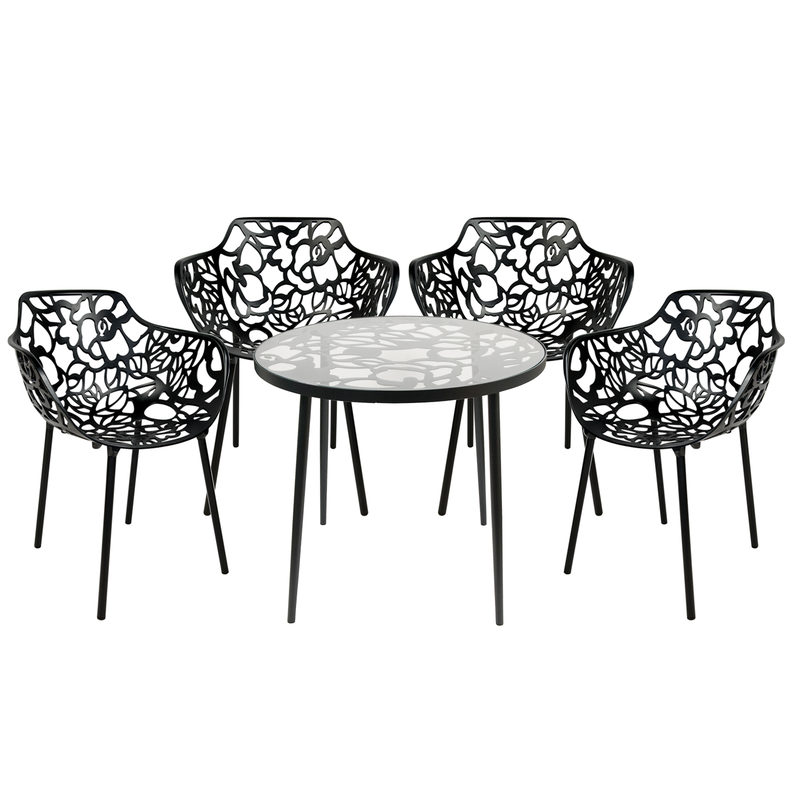



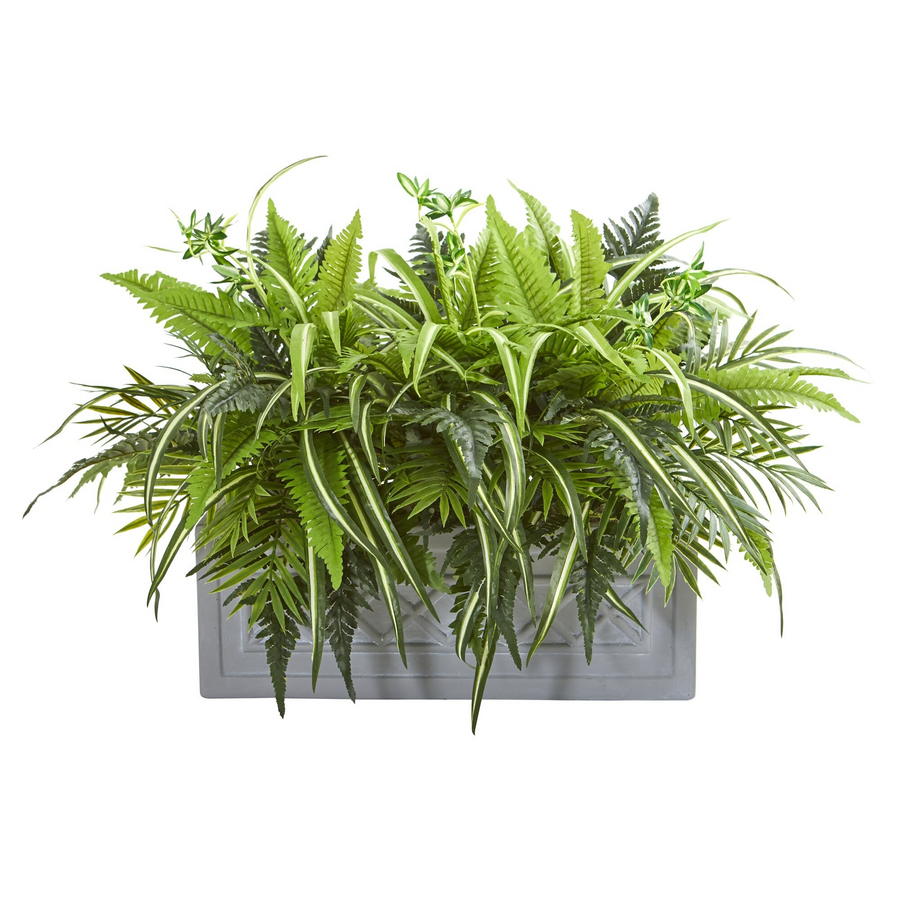


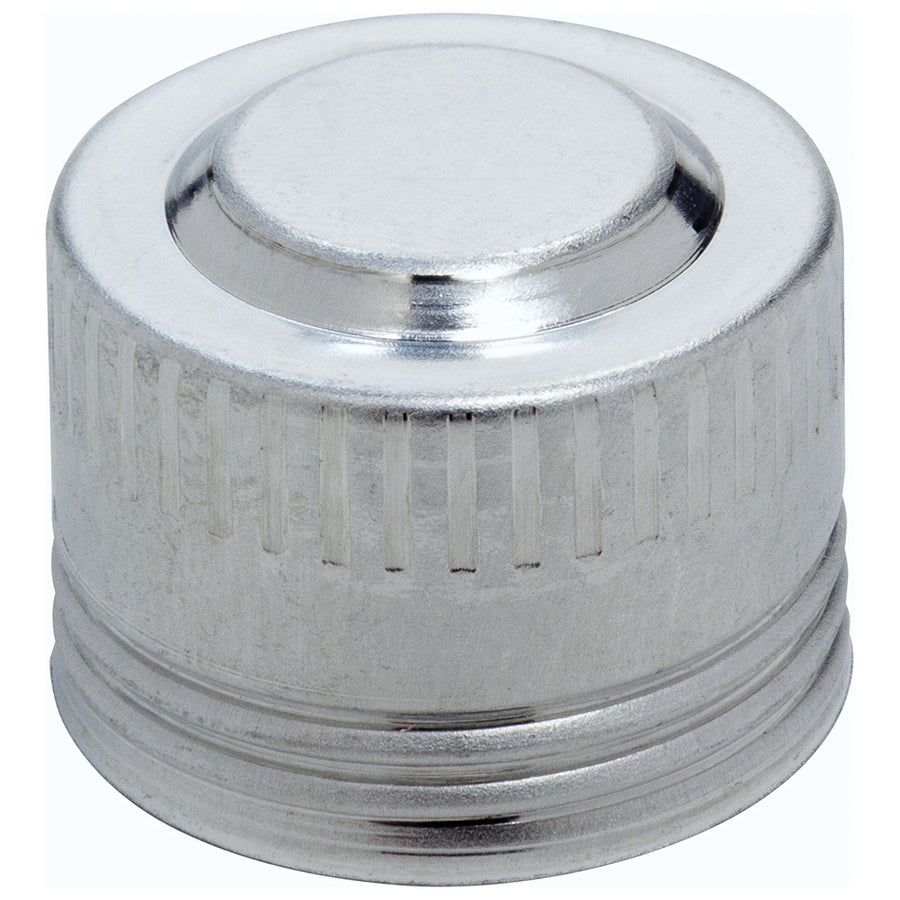
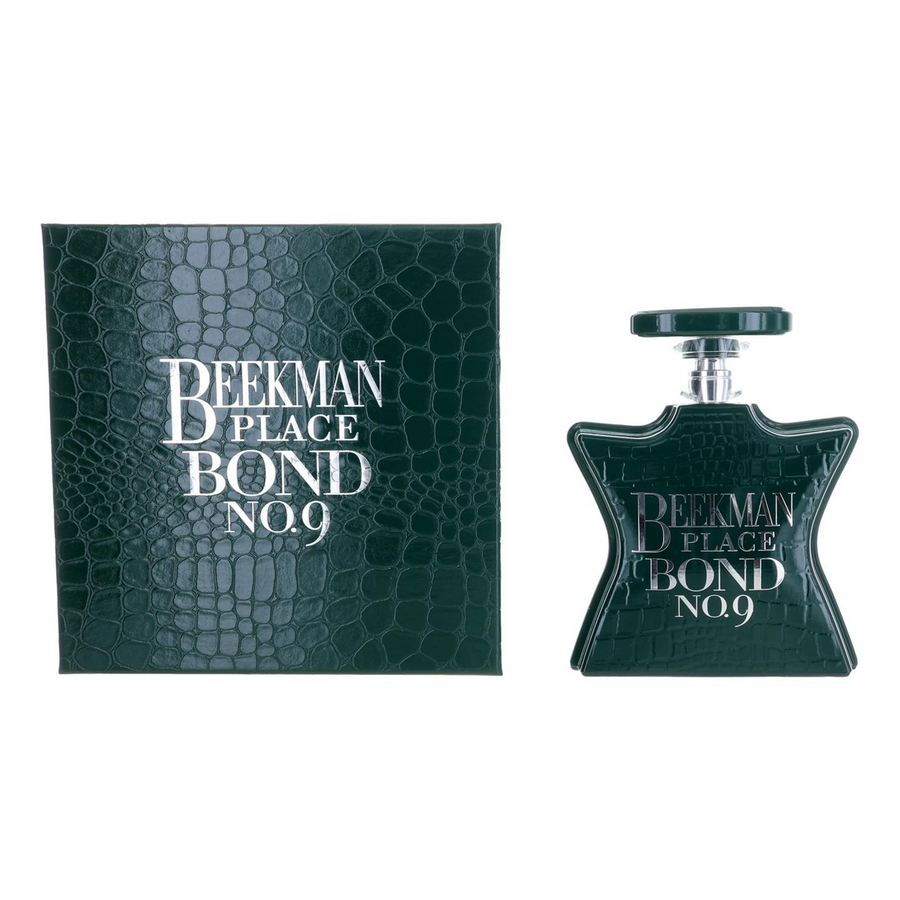

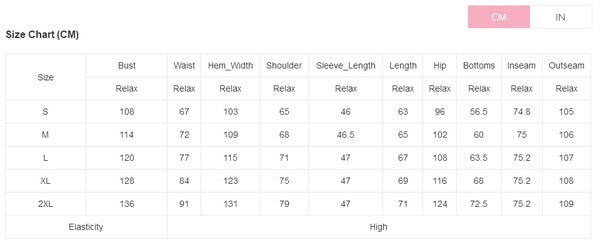




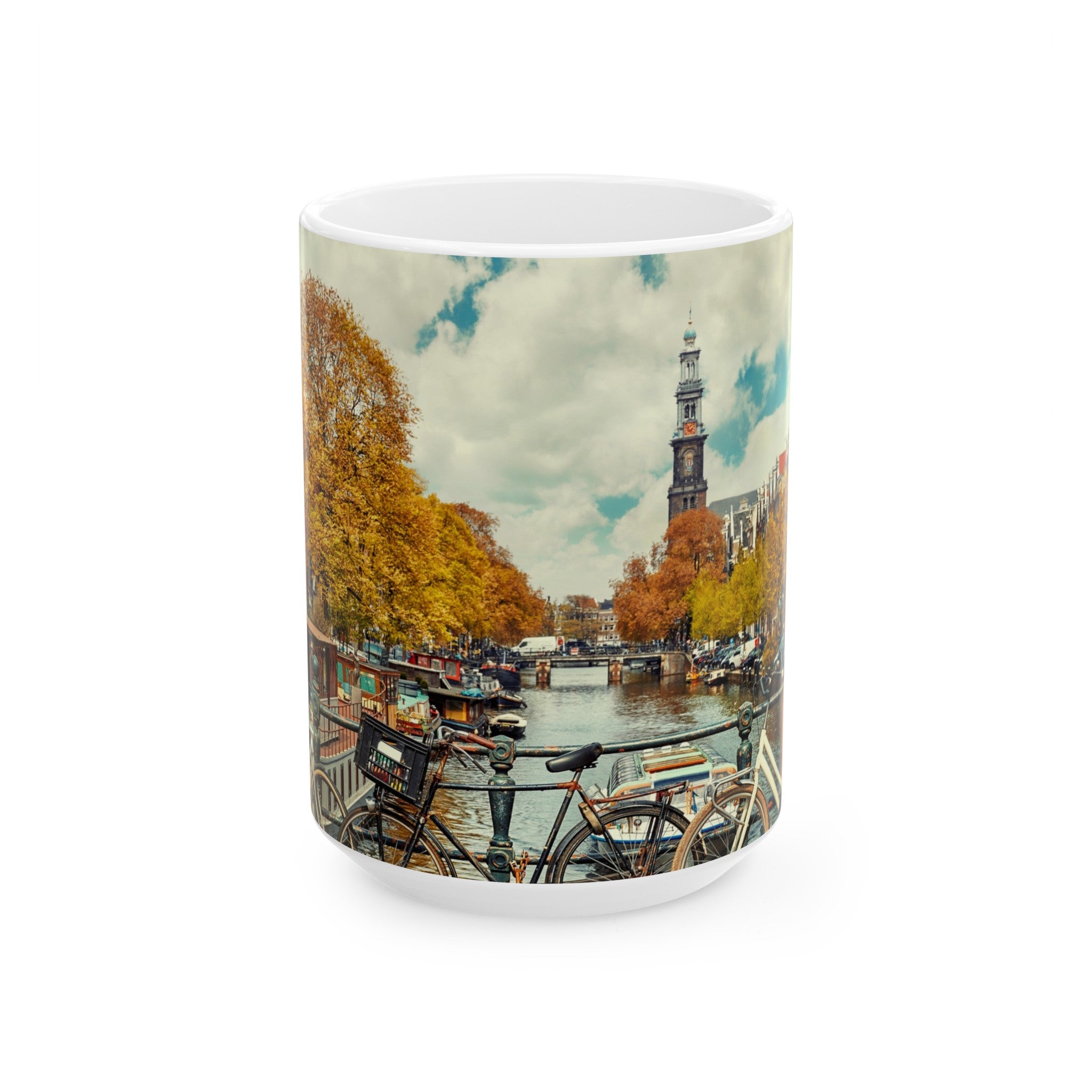



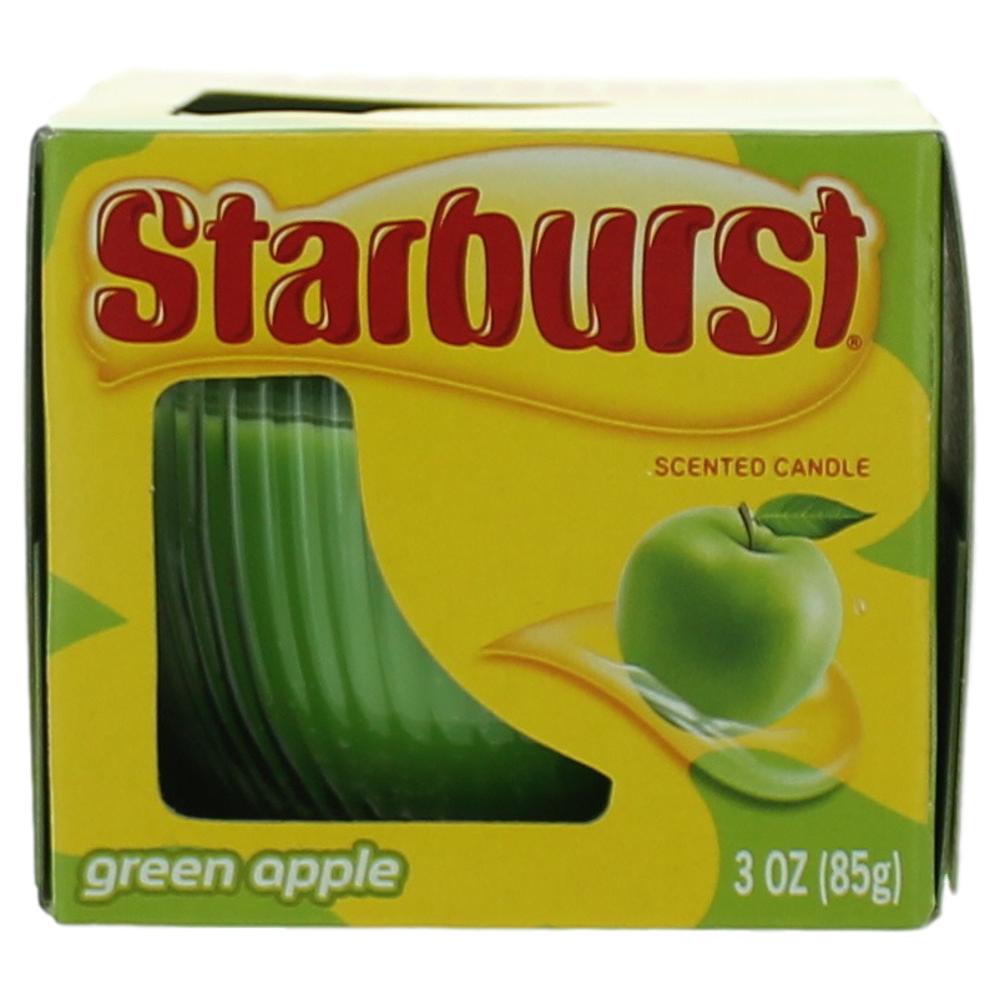


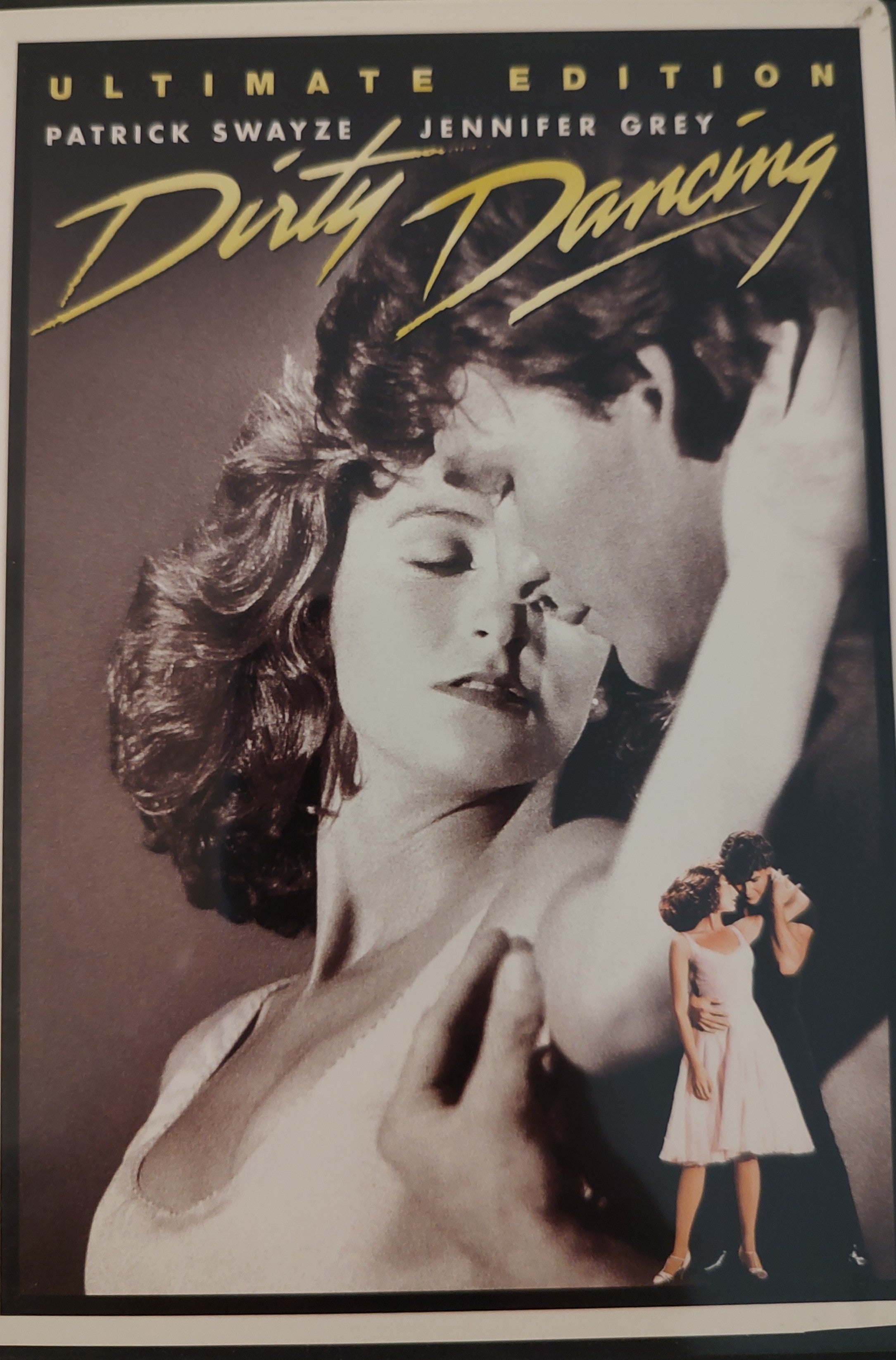


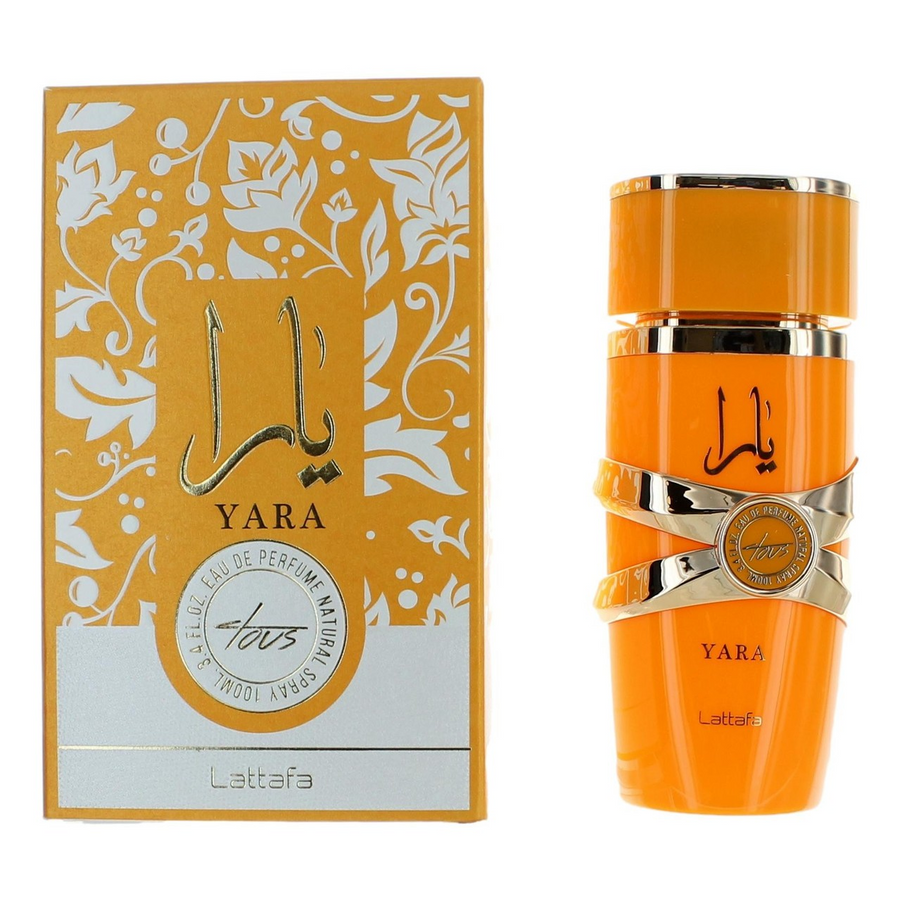
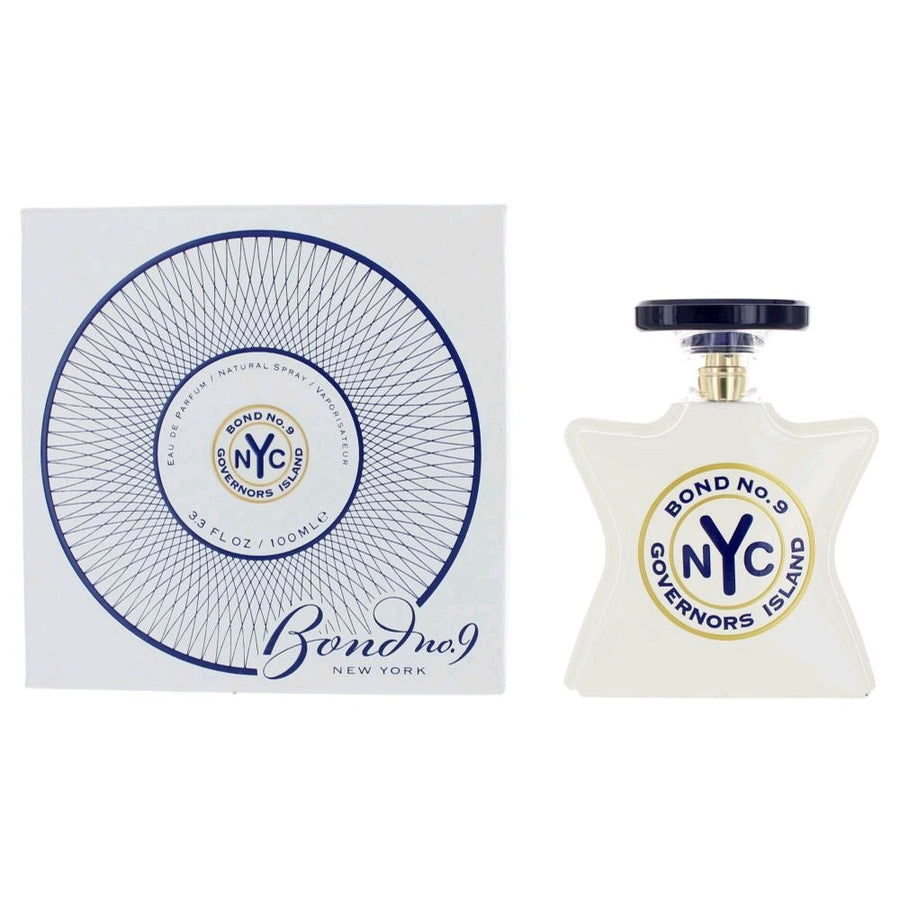
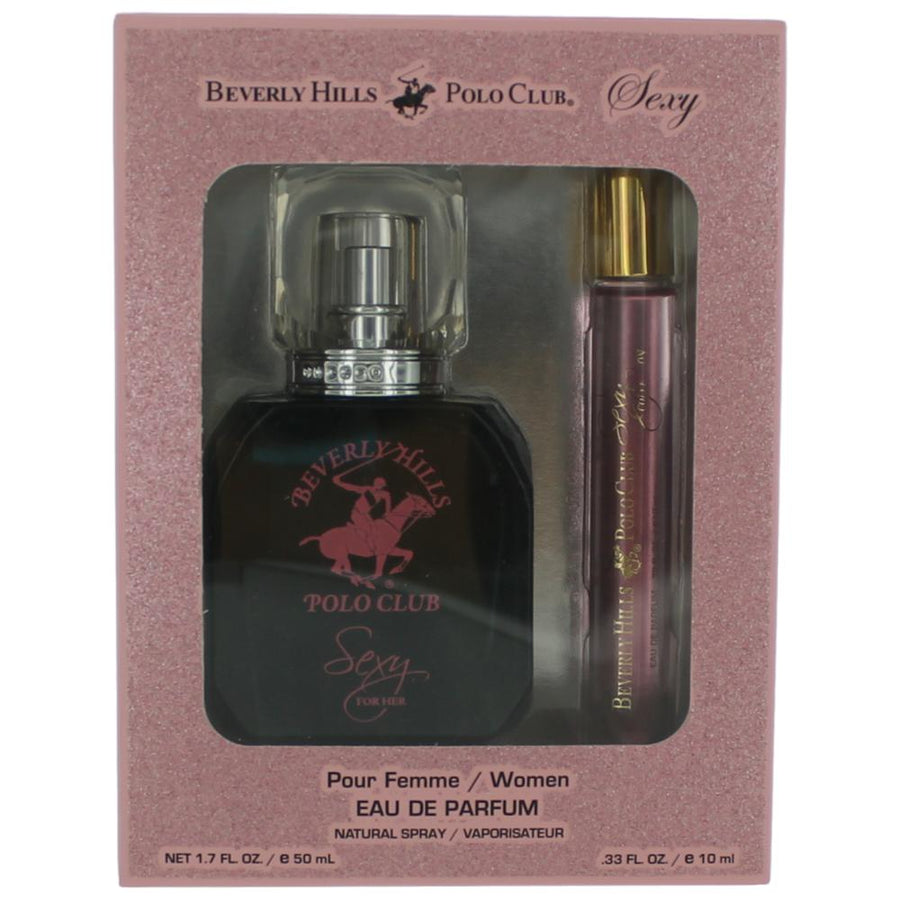
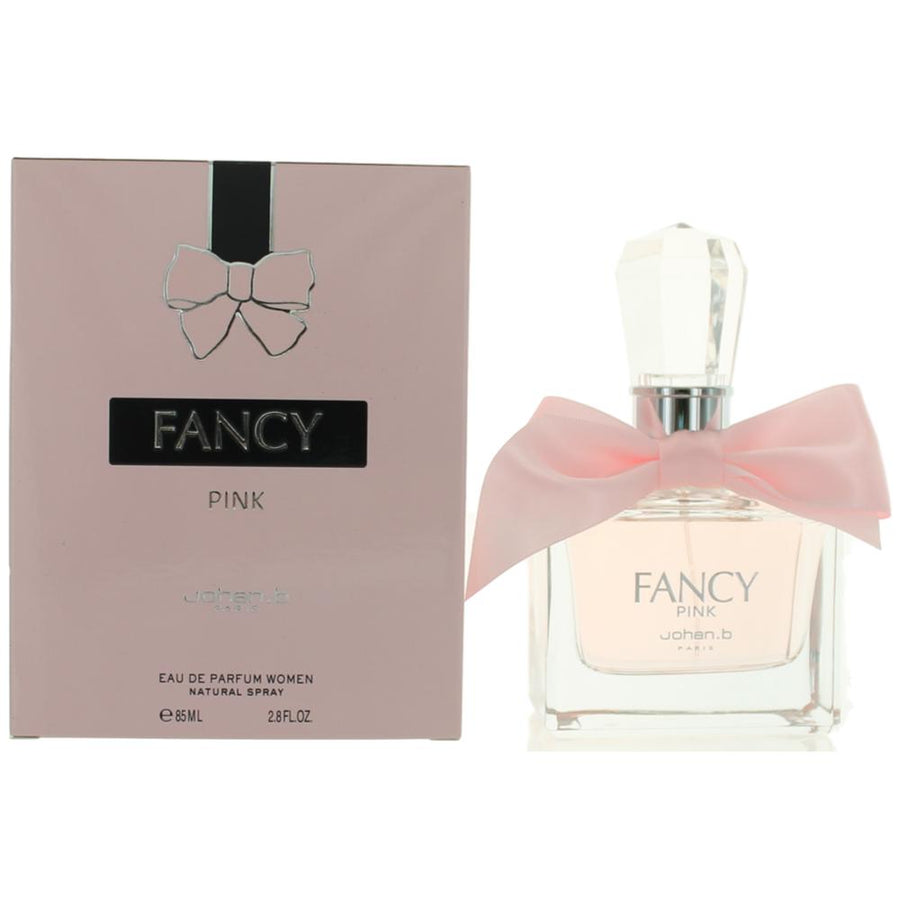
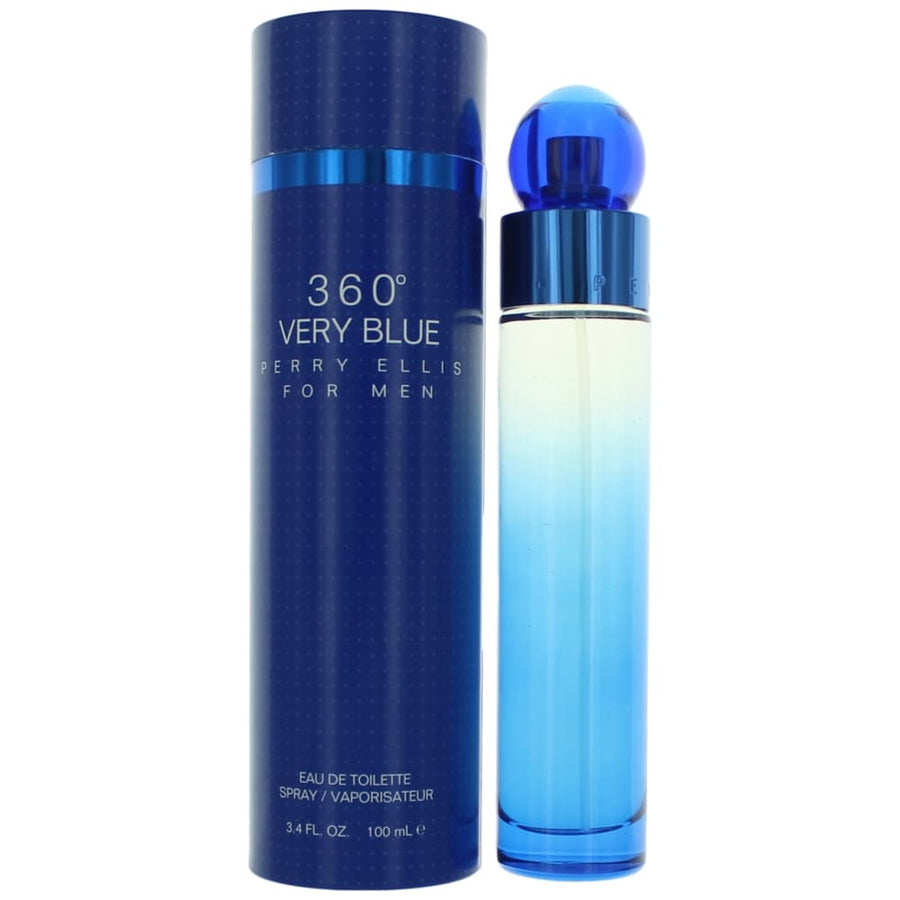
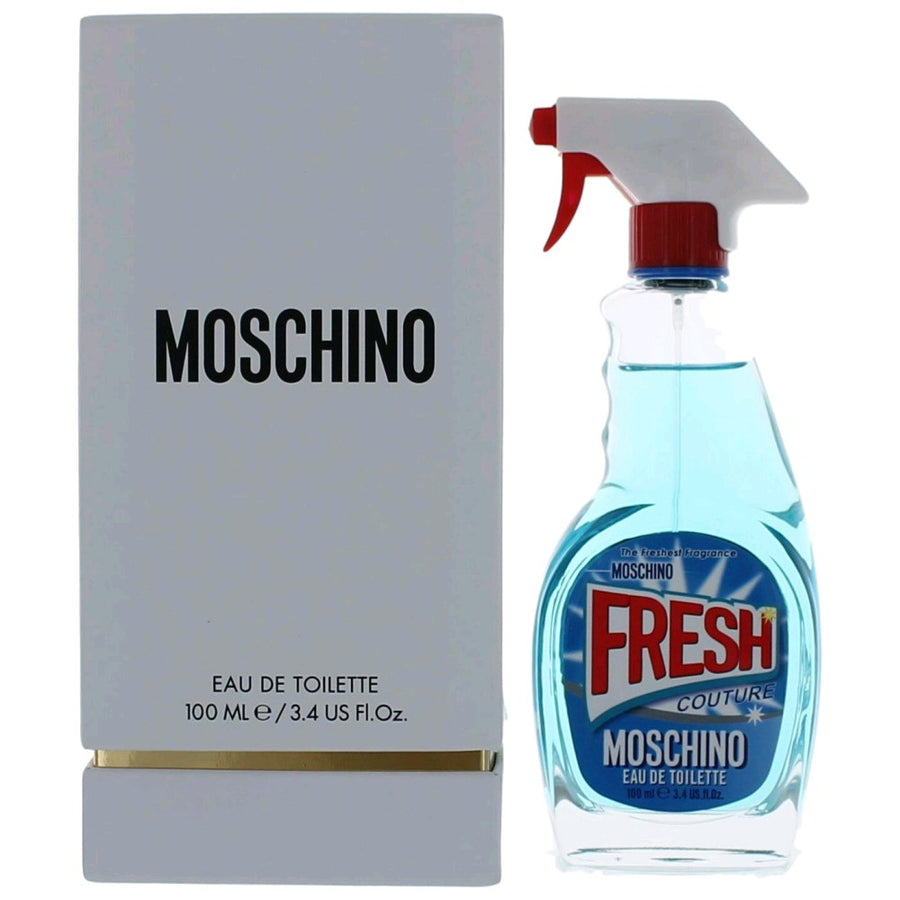


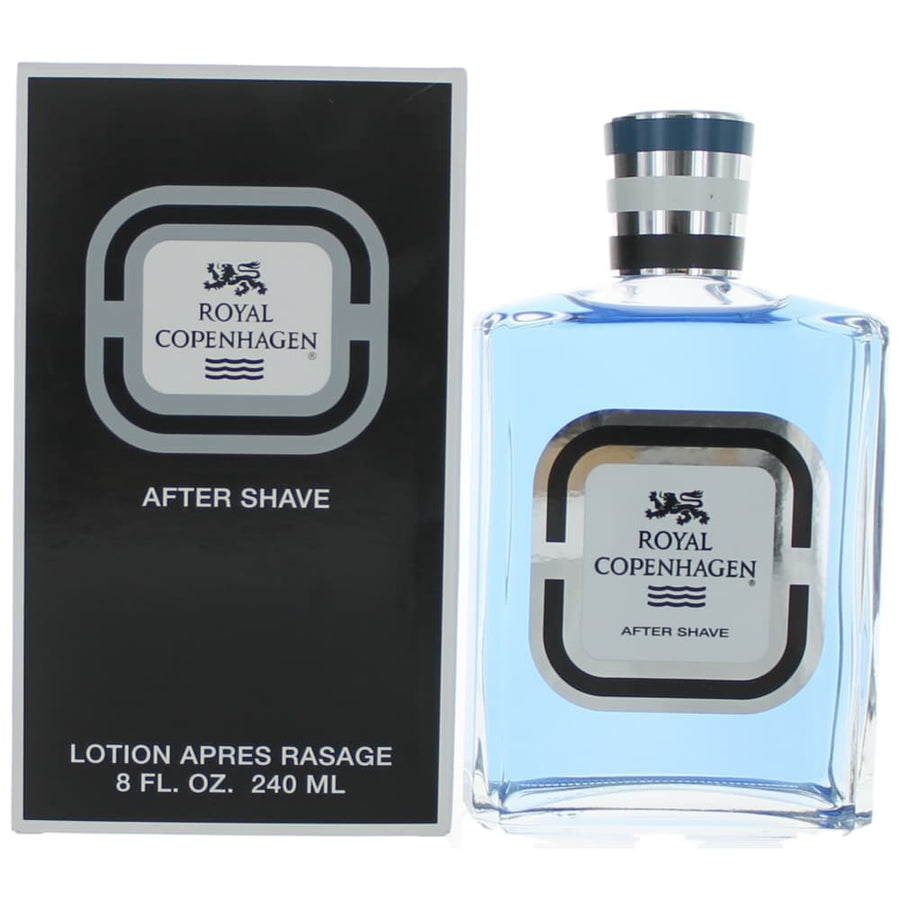
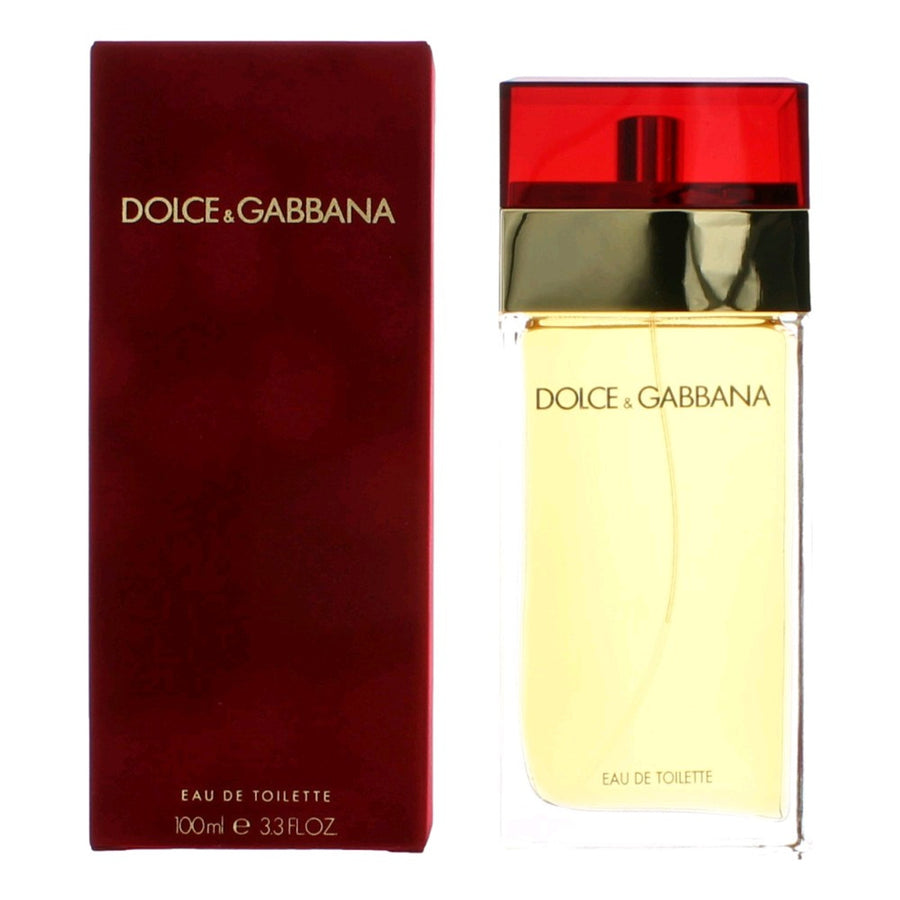
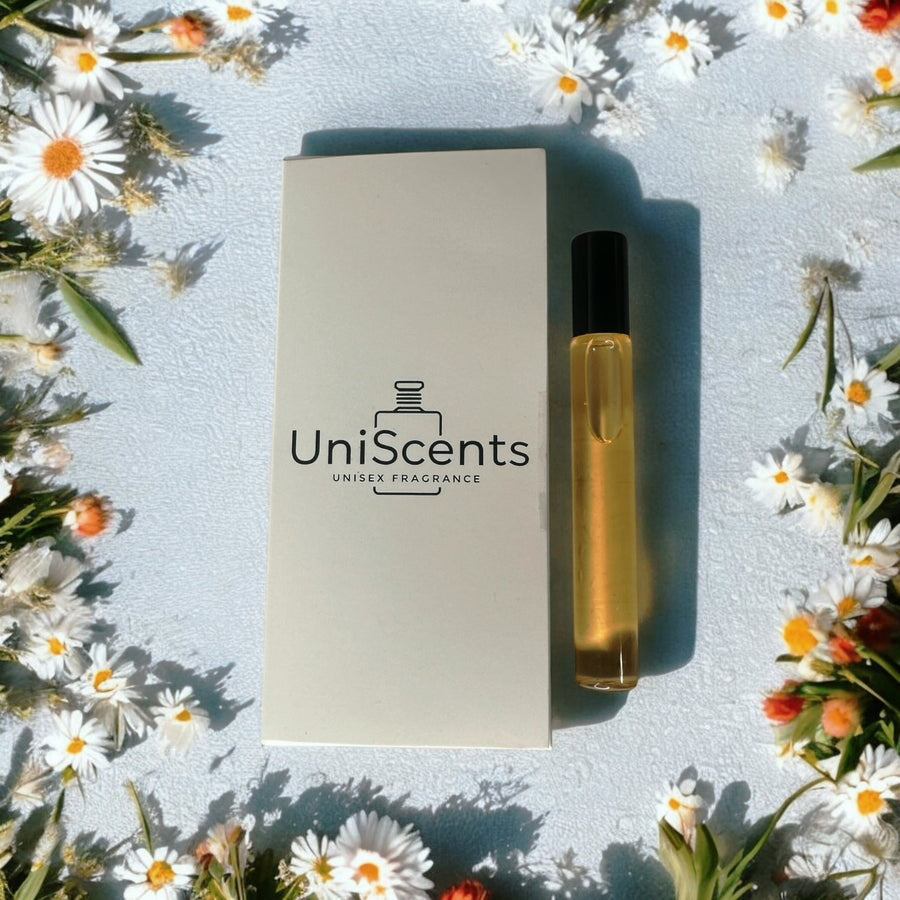
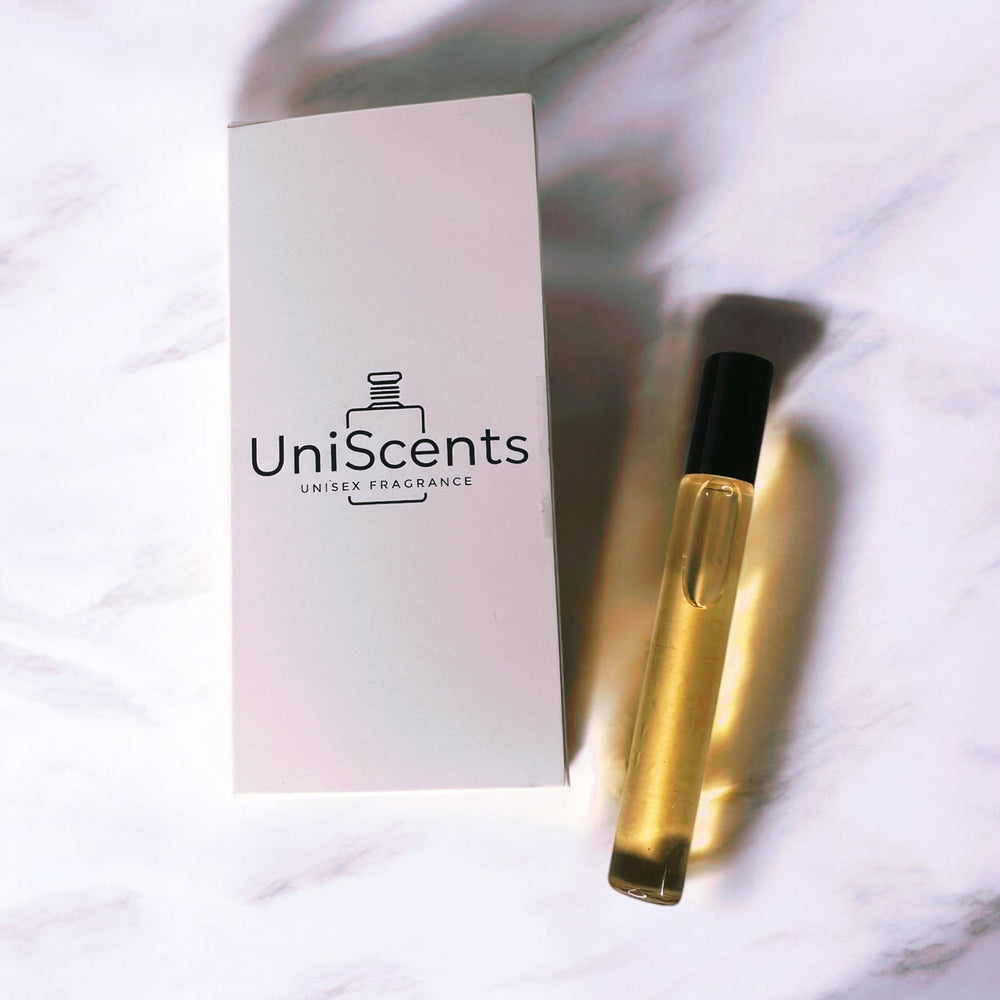
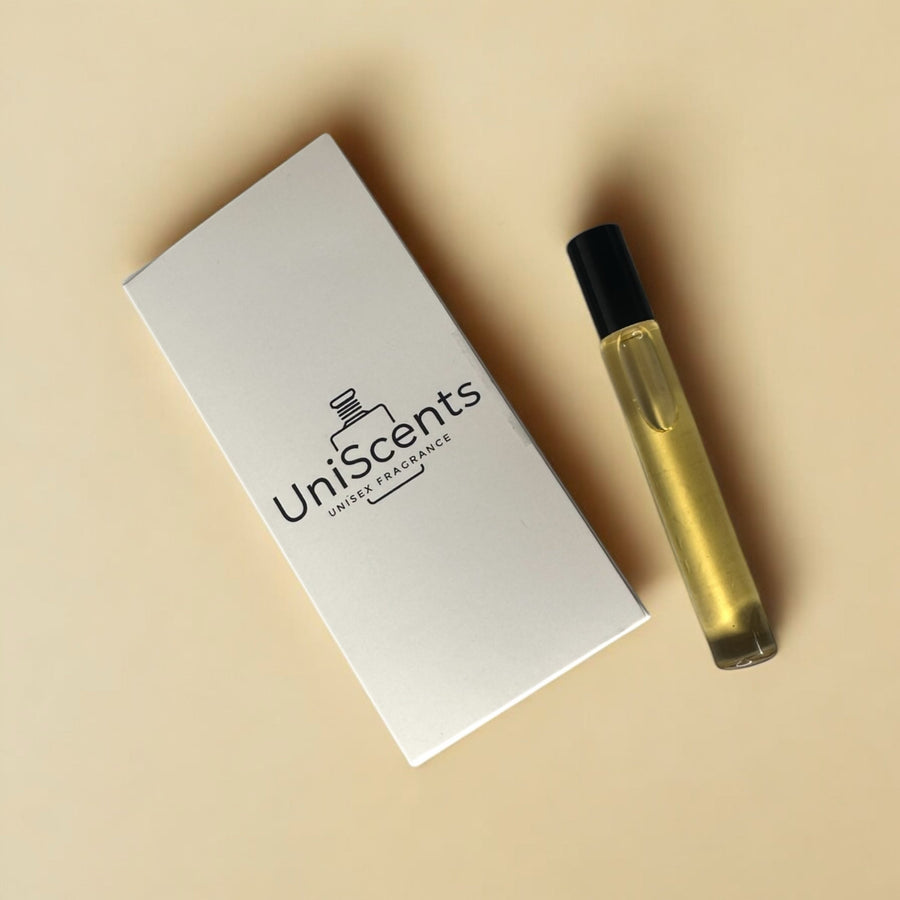
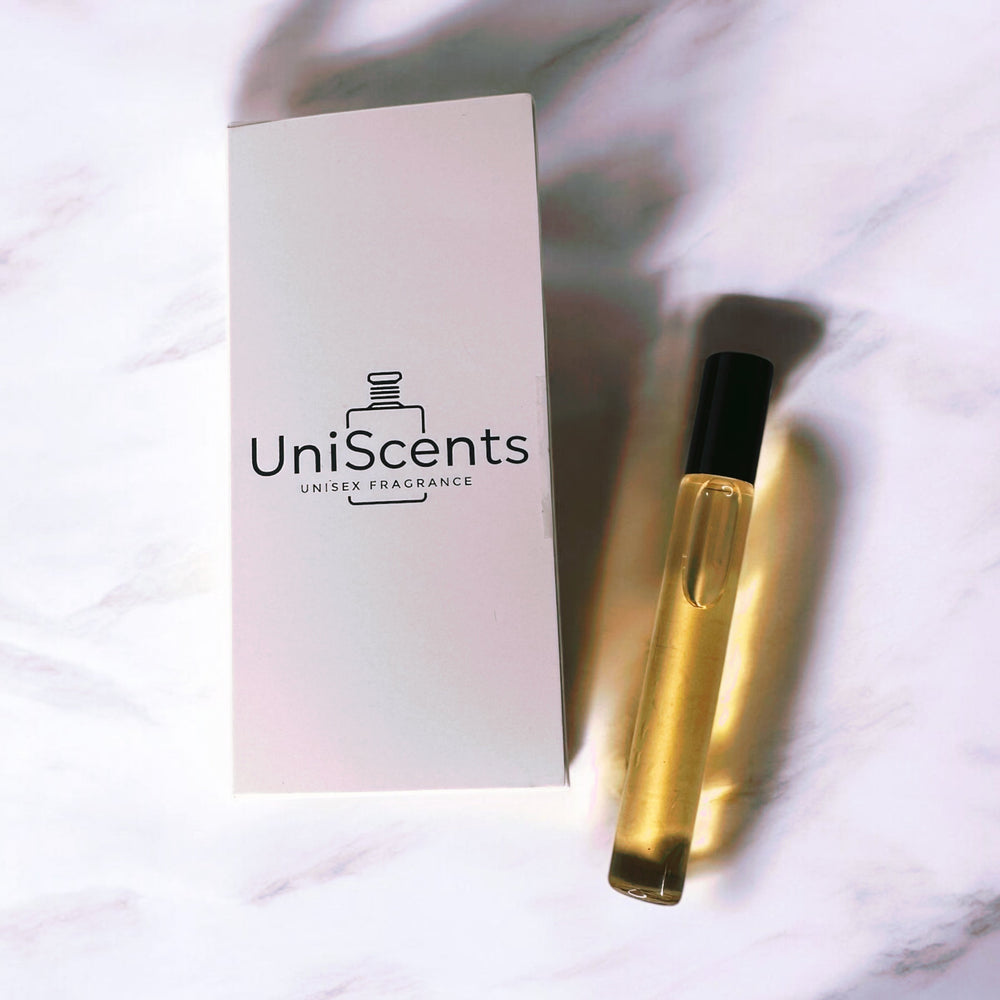
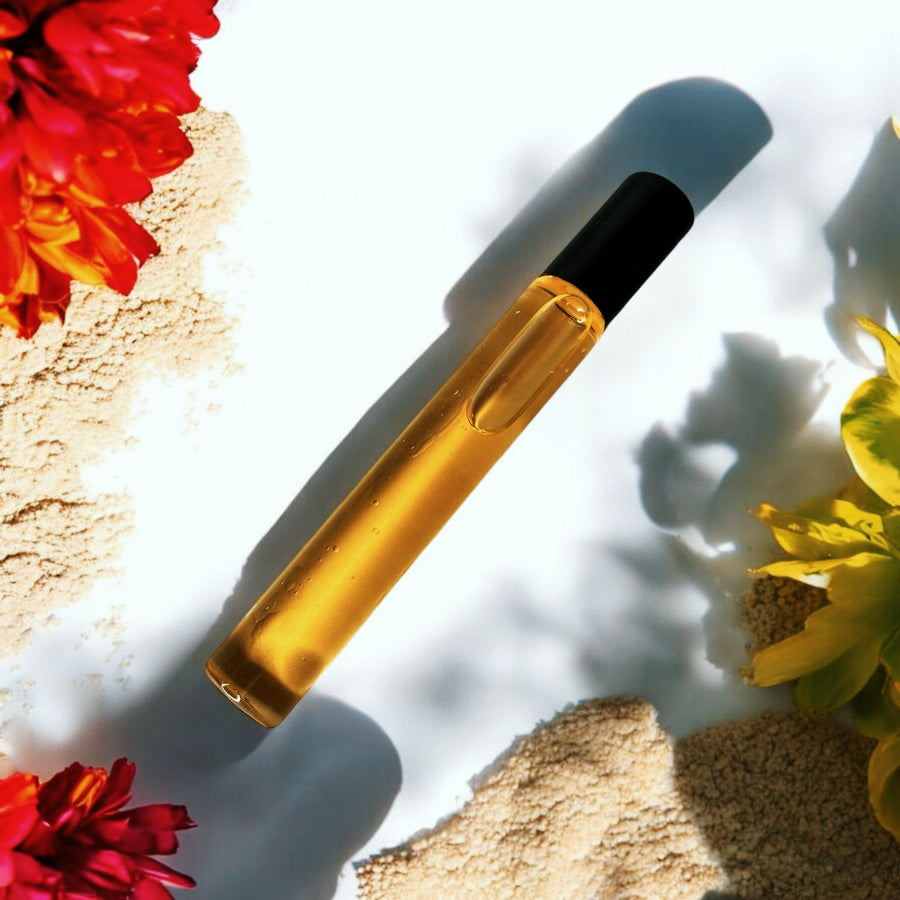
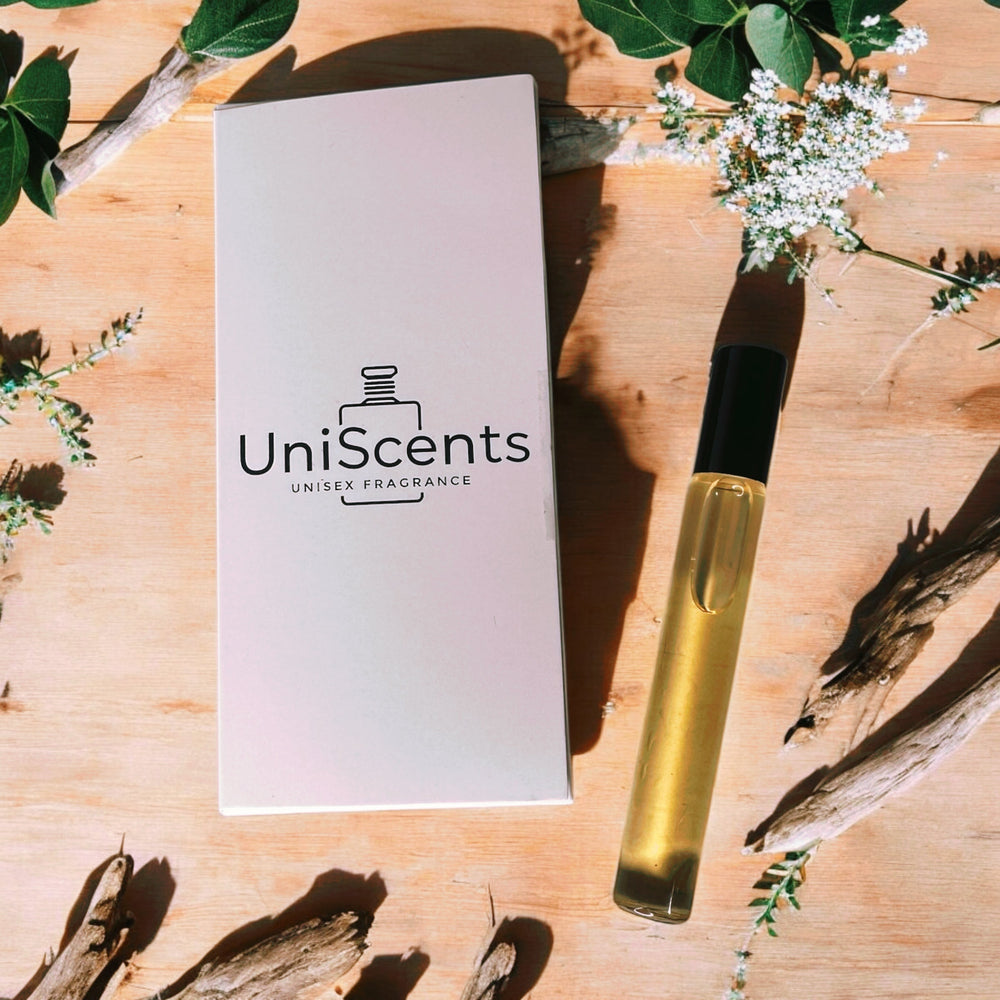
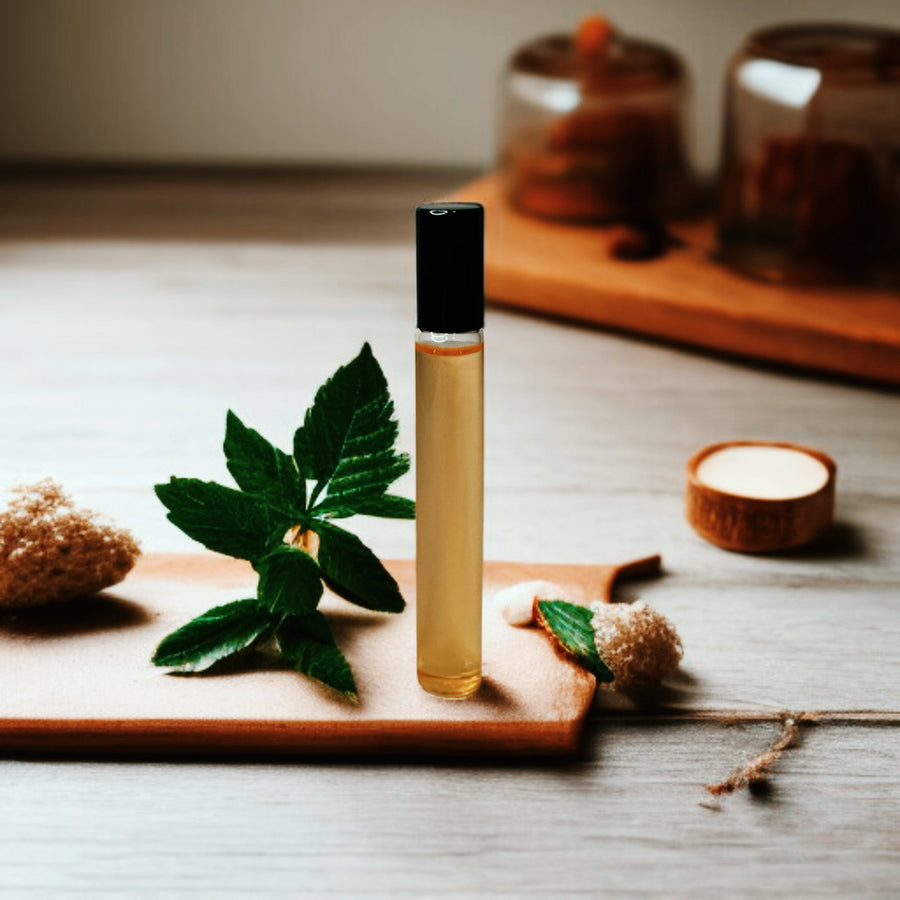
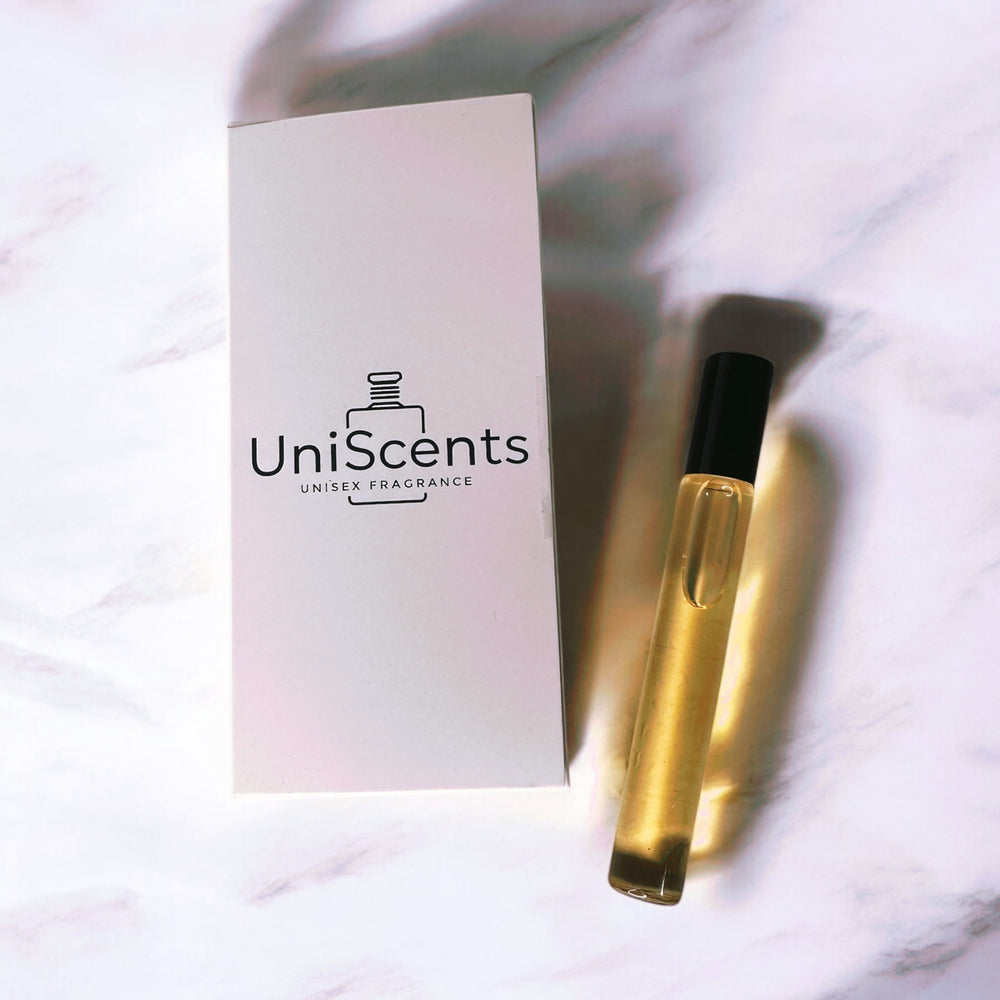
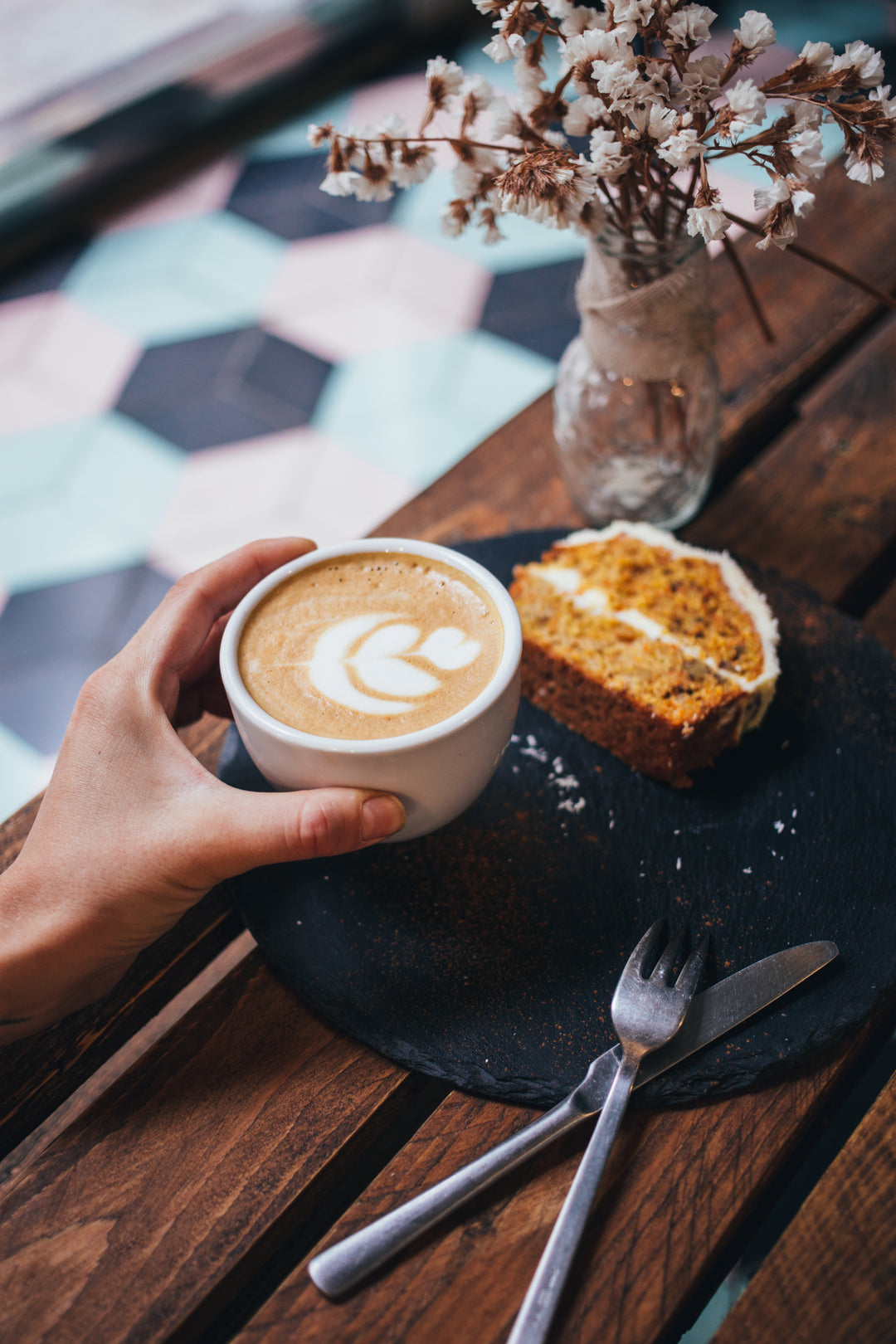
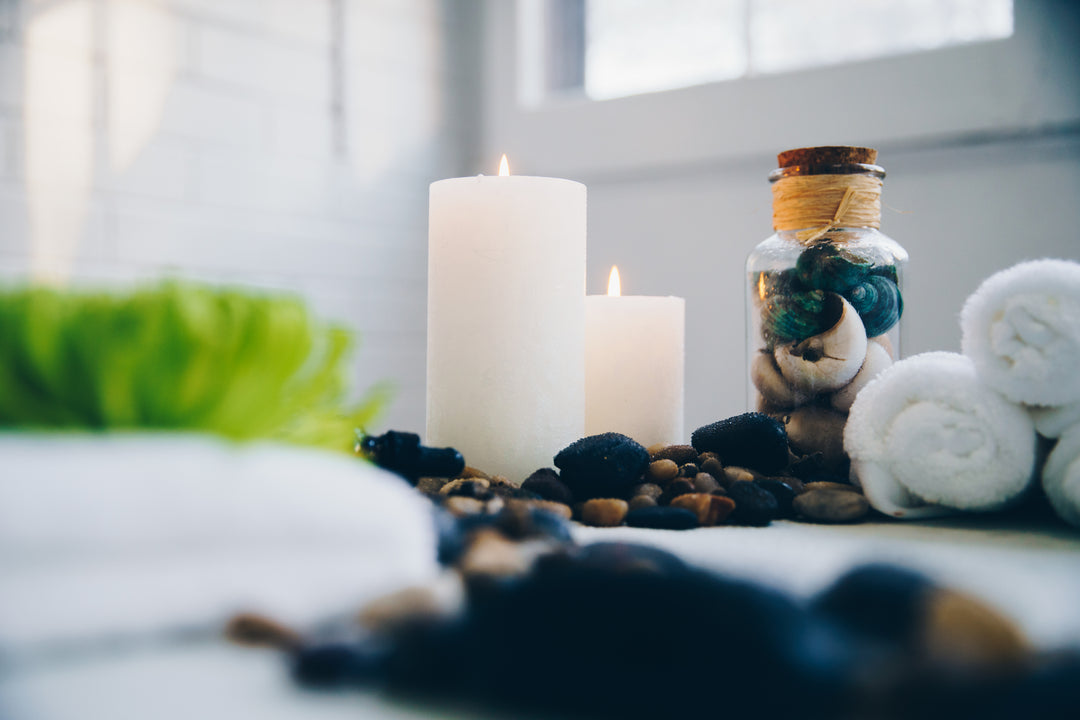
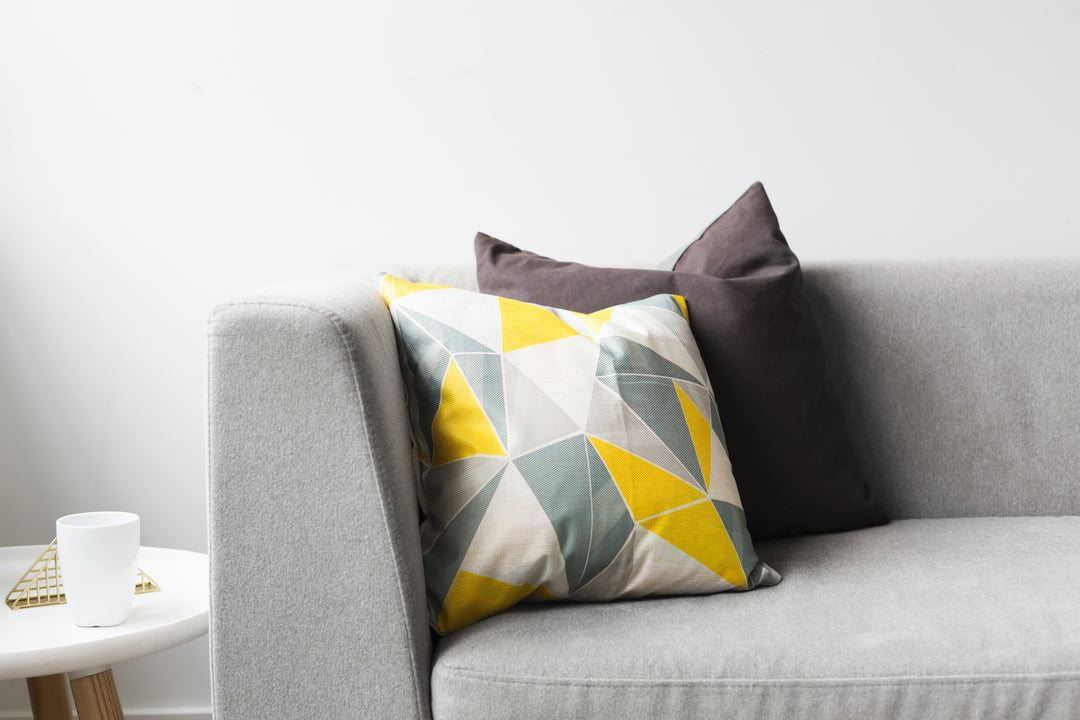
Leave a comment